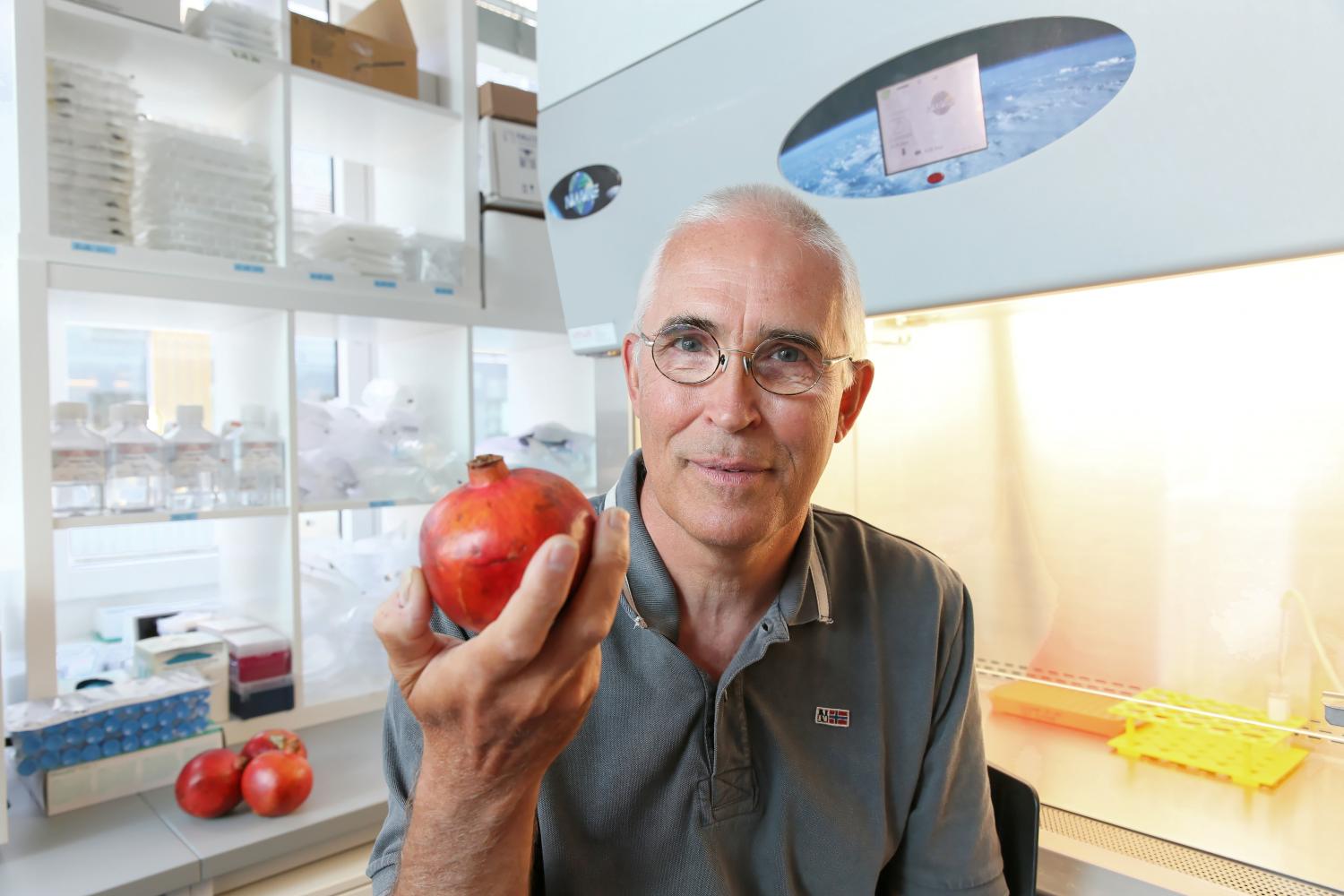By the 2020s, he tells Playboy, he expects medical technology to be at a point where nanobots will help out our immune system.


Ray Kurzweil is a celebrity technologist, well known both for his work as an inventor and for his relatively accurate predictions of technological change. Among his predictions is that of an imminent biotech revolution, which may enable people to restore and maintain healthy life for much longer periods of time than those humans have enjoyed historically. In the meantime, Ray says he takes 250 dietary supplements each day, in addition to receiving half a dozen intravenous therapies each week.
“Although my program may seem extreme, it is actually conservative – and optimal (based on my current knowledge). [My doctor] and I have extensively researched each of the several hundred therapies that I use for safety and efficacy. I stay away from ideas that are unproven or appear to be risky (the use of human-growth hormone, for example).” – Ray Kurzweil in The Singularity Is Near (pages 211–212)
Some of Ray’s dietary supplements are nootropics, intended to maintain and improve brain health. He lists them in his book, Transcend (pages 15 and 22). I’ve compared the nootropics he recommends to reviews on Examine.com, an independent and unbiased encyclopedia on supplementation and nutrition that is not affiliated in any way with any supplement company. Below is a table that summarizes what I found, followed by some observations.
Scientists have created a synthetic stingray that’s propelled by living muscle cells and controlled by light, a team reports Thursday in the journal Science.
And it should be possible to build an artificial heart using some of the same techniques, the researchers say.

This is from 2014 but is getting posted around the past couple of days.
““It’s estimated that we’re born with around 20,000 blood stem cells, and at any one time, around 1000 are simultaneously active to replenish blood,” says Holstege. During life, the number of active stem cells shrinks, she says, and their telomeres shorten to the point at which they die –”
She lived to 115, but a study of Hendrikje van Andel-Schipper’s blood hints at factors limiting lifespan.

Amazing!! More time to learn, evolve, love, & explore the world…
A sprawling facility called Timeship in Texas will host 50,000 frozen dead people with one goal — to become the human race’s first immortals.
Activist Saul Kent — one of the minds behind it — is such a passionate believer in ‘cryogenics’ that he froze his own mother’s head in 1988 after her death.
The creators of Timeship — to begin construction shortly — say that the site will stay in place for ‘hundreds of years’, waiting for technology to advance sufficiently to revive the patients inside.

Graphene, a two-dimensional wonder-material composed of a single layer of carbon atoms linked in a hexagonal chicken-wire pattern, has attracted intense interest for its phenomenal ability to conduct electricity. Now University of Illinois at Chicago researchers have used rod-shaped bacteria — precisely aligned in an electric field, then vacuum-shrunk under a graphene sheet — to introduce nanoscale ripples in the material, causing it to conduct electrons differently in perpendicular directions.
The resulting material, sort of a graphene nano-corduroy, can be applied to a silicon chip and may add to graphene’s almost limitless potential in electronics and nanotechnology. The finding is reported in the journal ACS Nano.
“The current across the graphene wrinkles is less than the current along them,” says Vikas Berry, associate professor and interim head of chemical engineering at UIC, who led the research.

Are pomegranates really the superfood we’ve been led to believe will counteract the aging process? Up to now, scientific proof has been fairly weak. And some controversial marketing tactics have led to skepticism as well. A team of scientists from EPFL and the company Amazentis wanted to explore the issue by taking a closer look at the secrets of this plump pink fruit. They discovered that a molecule in pomegranates, transformed by microbes in the gut, enables muscle cells to protect themselves against one of the major causes of aging. In nematodes and rodents, the effect is nothing short of amazing. Human clinical trials are currently underway, but these initial findings have already been published in the journal Nature Medicine.
As we age, our cells increasingly struggle to recycle their powerhouses. Called mitochondria, these inner compartments are no longer able to carry out their vital function, thus accumulate in the cell. This degradation affects the health of many tissues, including muscles, which gradually weaken over the years. A buildup of dysfunctional mitochondria is also suspected of playing a role in other diseases of aging, such as Parkinson’s disease.
One molecule plays David against the Goliath of aging
The scientists identified a molecule that, all by itself, managed to re-establish the cell’s ability to recycle the components of the defective mitochondria: urolithin A. “It’s the only known molecule that can relaunch the mitochondrial clean-up process, otherwise known as mitophagy,” says Patrick Aebischer, co-author on the study. “It’s a completely natural substance, and its effect is powerful and measurable.”
Synthetic diamonds and the manufacturing of diamonds in mass quantity (including 3D Printing) is going to explode over the next few years with QC, Medical devices and technologies, smartphones, etc. Again, I hope Intel, Nvidia, HP, Xerox, etc. are listening.
Chicago-based startup Akhan Semiconducton wants to replace the silicon found in most modern-day electronics with diamonds derived from methane gas.
Cornell researchers have helped develop a recellularized human colon model that could be used to track the pathogenesis of colon cancer and possibly gain insight into its spread to other organs.

(NaturalNews) Earlier this month, Juno Therapeutics, a pioneer in the field of treating cancer using genetically engineered cells, had to halt the development of its lead treatment after the death of three leukemia patients enrolled in the study.
The Seattle-based biotech company reported that the deaths of all three patients, who were in their 20s, were linked to swelling in the brain. The swelling occurred after the company added a second chemotherapy drug to the treatment procedure.
The news of the patient deaths is a big blow for the biotech startup that is developing a new experimental therapy known as chimeric antigen receptor T-cell (or CART) immunotherapy. The setback will likely delay the company’s aim of introducing it to the market by 2017, Juno executives said in a conference.